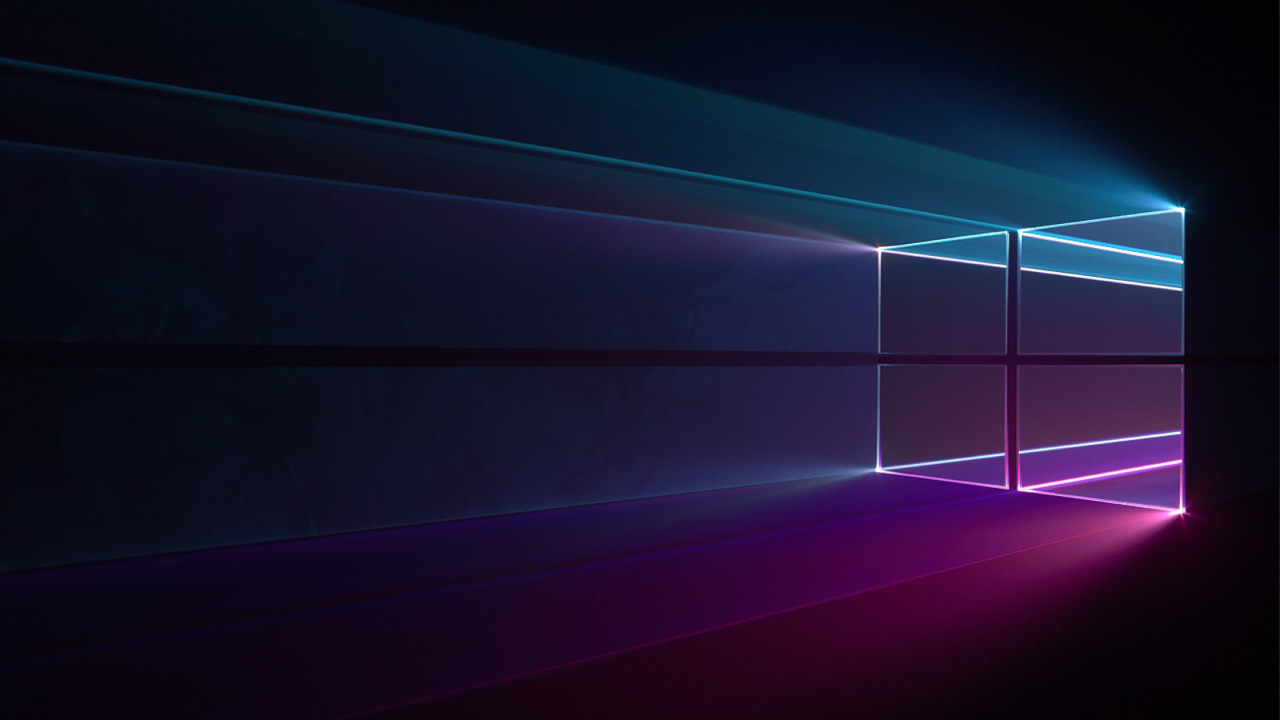
Windows 11 Update KB5051987: A Comprehensive Analysis of Issues and Solutions
Introduction
The latest Windows 11 cumulative update, KB5051987, has been met with widespread reports of serious issues, particularly affecting File Explorer functionality and overall system stability. This article provides a comprehensive analysis of these problems, their impact on users, and potential solutions until an official fix is released.
File Explorer Malfunctions
The most prominent issue stemming from the KB5051987 update is the malfunctioning of File Explorer, Windows’ primary file management application. Upon installing the update, many users have encountered the following problems:
- Inability to open any folders, including those accessed through desktop shortcuts or Windows Search
- File Explorer application freezing or becoming unresponsive
- Continuous running of the explorer.exe process in the Task Manager, despite the app’s failure to respond
These issues have severely hindered users’ ability to access and manage their files, rendering them effectively locked out of their file system.
Additional Problems
Beyond File Explorer malfunctioning, the KB5051987 update has also been reported to cause a range of other problems, including:
- Update download issues: Some users have experienced the update download becoming stuck at 0% for extended periods or encountering a "Something didn’t go as planned" error during installation.
- Camera disablement: On HP Spectre laptops, the update has disabled the built-in webcams.
- GPU performance drops: Significant reductions in graphics performance have been observed on Nvidia RTX 4090 cards.
- Boot failure: In some cases, Windows has refused to boot altogether after installing the update.
These additional issues further compound the challenges faced by users affected by the update.
Impact on Users
The File Explorer malfunctions and other problems caused by the KB5051987 update have had a significant impact on users, with many experiencing:
- Loss of access to important files and data
- Inability to perform essential tasks that rely on file management
- Frustration and inconvenience due to the disruption of normal workflow
- Concerns about potential data loss or corruption
Alternative Solutions
While Microsoft works on an official fix, users experiencing File Explorer issues can explore the following alternative solutions:
- Use third-party file managers: Several excellent Windows File Explorer alternatives are available, such as FreeCommander, Xplorer², and Directory Opus. These tools provide similar functionality and can help users access their files while awaiting a resolution.
- Restart File Explorer: In some cases, restarting File Explorer may temporarily resolve the issue. To do this, press Ctrl+Shift+Esc to open the Task Manager, right-click on "Windows Explorer," and select "Restart."
- Perform a System Restore: If File Explorer continues to malfunction, users can attempt a System Restore to revert their system to a previous state before the update was installed. However, this will also revert any other changes or installations made since that restore point.
Resolution and Prevention
Microsoft is aware of the issues caused by the KB5051987 update and is actively working on a fix. In the meantime, users can take the following steps to prevent further problems:
- Uninstall the update: Users experiencing significant issues can manually uninstall the KB5051987 update. To do this, go to Settings > Windows Update > Update History > Uninstall Updates.
- Pause updates: To prevent Windows from automatically reinstalling the problematic update, go to Settings > Windows Update > Pause Updates and select a duration for pausing.
Conclusion
The Windows 11 KB5051987 update has introduced a range of serious issues, particularly affecting File Explorer functionality and causing additional problems such as camera disablement, GPU performance drops, and boot failures. While Microsoft is working on a resolution, users affected by these issues can explore alternative solutions or manually uninstall the update. Pausing updates can provide temporary relief until an official fix is released. It is advisable for users to monitor official Microsoft channels for updates on the situation and apply any recommended fixes as they become available.
